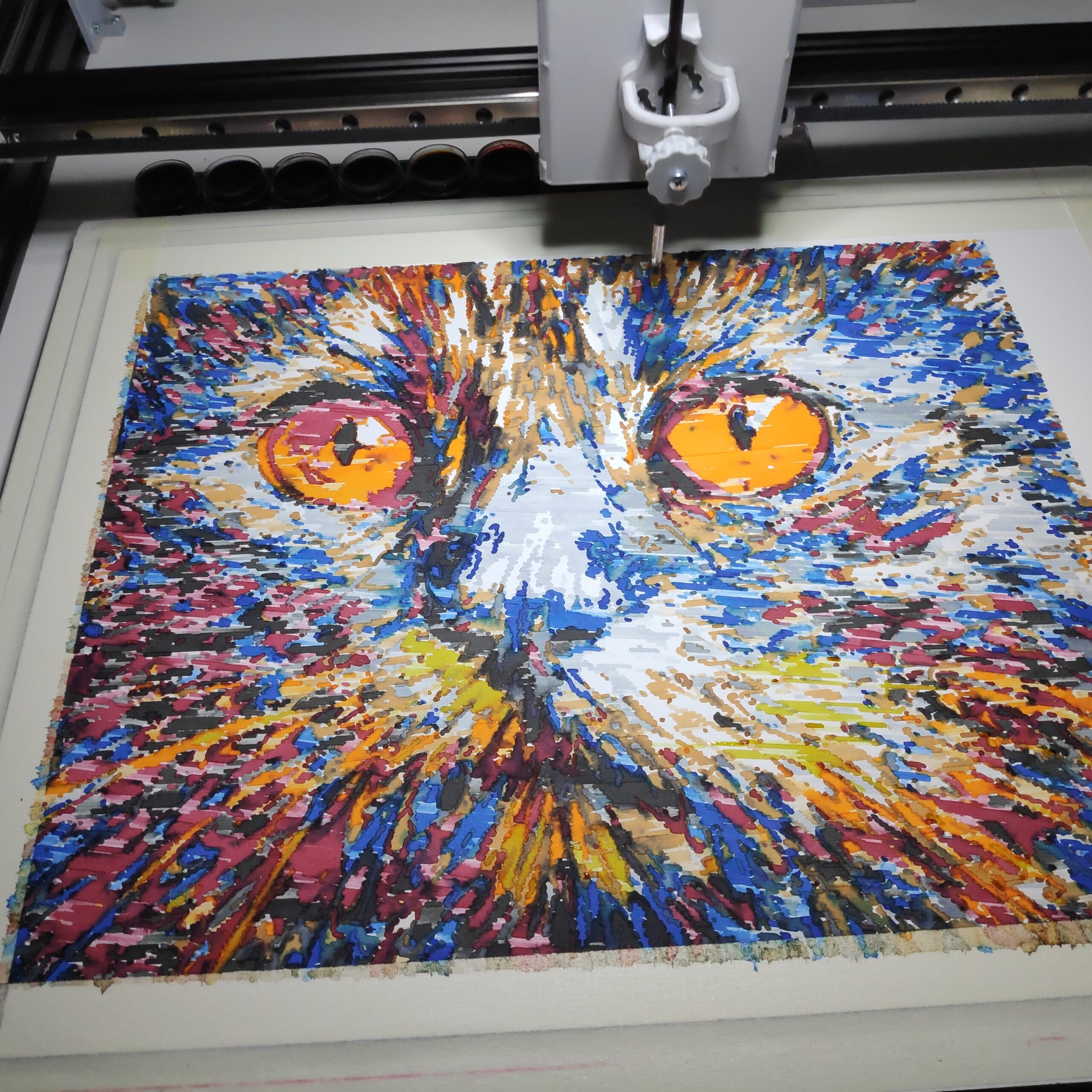
Sand Table – Maker faire Trieste 2023
This year, I decided not to join the Maker Faire in Rome, but instead, I’m taking part in the one…




Seamless Theme Primrose, made by Altervista
Create a website and earn with Altervista - Disclaimer - Report Abuse - Privacy Policy - Customize advertising tracking